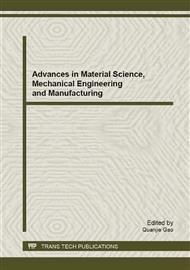p.323
p.329
p.334
p.339
p.345
p.349
p.353
p.357
p.362
Ferromagnetism Switched by Hydrogenation in Layered MoS2
Abstract:
Ordered spin structure in two-dimensional materials is critical to the use of such materials in spintronics. Here, based on first-principles calculations, we demonstrated the existence of magnetic homogeneity in integrated two-dimensional structures. Our calculations show that hydrogenated MoS2 can be magnetized with a ferromagnetic character. The doped electrons in 4d orbitals of Mo atoms through hydrogenation lead to strong exchange splitting, which is the mechanism behind the transition of magnetic states. Given the recent progress in chemical control of two-dimensional materials, our results open a new way to produce two-dimensional spintronics.
Info:
Periodical:
Pages:
345-348
Citation:
Online since:
August 2013
Authors:
Price:
Сopyright:
© 2013 Trans Tech Publications Ltd. All Rights Reserved
Share:
Citation:


